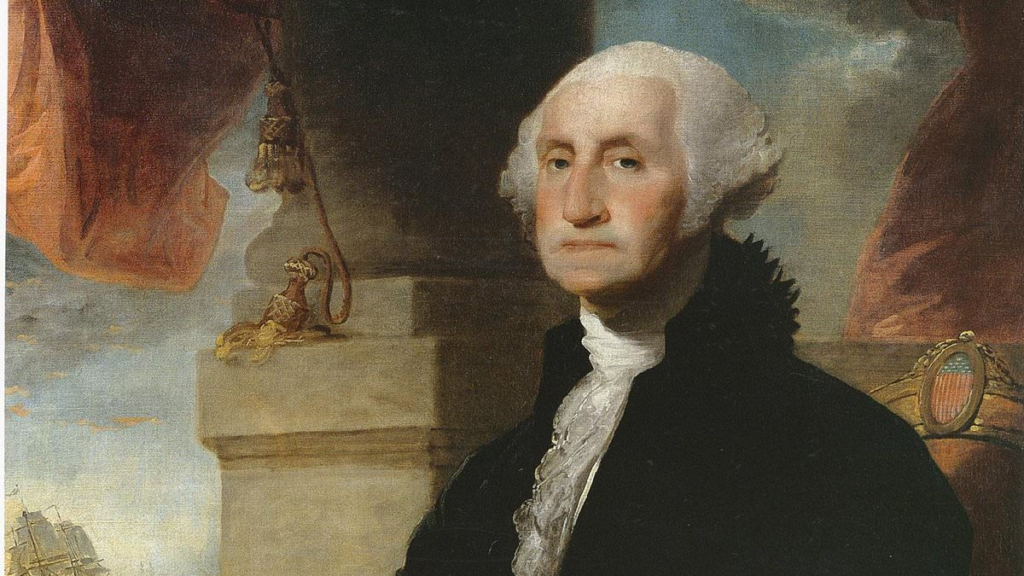
Genetic analysis has provided insights into a longstanding mystery concerning the destinies of President George Washington’s younger brother, Samuel, and his descendants.
Skeletal remains discovered in unmarked burials dating to the 1880s were identified as belonging to two of Samuel’s descendants and their mother. This investigation also yielded the first patrilineal DNA map for President George Washington, who did not have any biological children of his own.
Researchers utilized various DNA analysis methods to pinpoint crucial ancestry details. One such technique involved analyzing thousands of genomic data points using a new method called single nucleotide polymorphisms (SNPs).
SNPs are genetic variations affecting single nucleotides and the building blocks of DNA. DNA from a living descendant of Samuel Washington played a key role. Researchers compared this pristine DNA with degraded, centuries-old DNA from bone fragments.
ALSO READ: These Are Parks to Explore in the United States
This comparison provided valuable clues about long-lost identities and connections within the Washington family. The findings were reported in the journal iScience on Thursday.
“The multitude of these methods allowed us to reveal relationships between unidentified human remains from the mid-19th century and a living descendant who was several generations removed from his ancestors,” said senior study author Charla Marshall, a molecular anthropologist and deputy director of the US Department of Defense DNA Operations, in an email.
The study suggests that these techniques could aid in identifying unknown remains from military personnel, including those from as far back as World War II. Samuel Washington was buried at his Harewood estate near Charles Town, West Virginia, in 1781.
POLL — Should Donald J. Trump Be Allowed to Run for Office?
According to lead study author Courtney L. Cavagnino, the cemetery at Harewood held the remains of 20 members of the Washington family. This included Samuel Washington, two of his wives, their children, grandchildren, and great-grandchildren.
Samuel’s grave remained unmarked, unlike George Washington’s magnificent marble tomb in Mount Vernon, Virginia. Cavagnino suggested that Samuel’s grave likely lacked a headstone to protect it from robbers.
Other graves in the cemetery also lacked headstones, leaving modern historians uncertain about the identities of those buried there. In 1999, researchers excavated five unmarked graves at the cemetery to locate Samuel Washington’s burial site. They recovered small bones and teeth from three of the burials during the excavation.
ALSO READ: The Vatican Says Catholics Can Now Cremate Their Dead
However, DNA testing conducted at the time yielded inconclusive results. The samples were severely degraded and contaminated with bacteria, hampering the analysis process.
Fortunately for the new study’s authors, “DNA analysis has come a long way since the early 2000s,” Cavagnino said. They combined techniques that optimized the shortened strands of damaged DNA from the remains, allowing them to extract the genetic material they needed.
Maternal relationships were determined through mitochondrial DNA sequencing, while paternal relationships were found by looking at Y chromosomes. Further details came from 95,000 SNPs, an enormous volume of data targeting autosomal DNA (DNA that isn’t attached to sex chromosomes).
You Might Also Like:
Judge in New York Hush-Money Case Grants Limited Gag Order Against Trump
Top US Historian Condemns NBC Over Ronna McDaniel’s Role
“Yellowstone” Actor Forrie J. Smith Says He Was Kicked Off Plane, Recounts Experience
Florida Sheriff Tells Citizens to Shoot to Kill Home Invaders to “Save Taxpayers Money”
Ethics Committee Investigates Rep. Troy Nehls’ Campaign Finances
